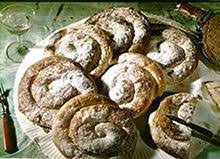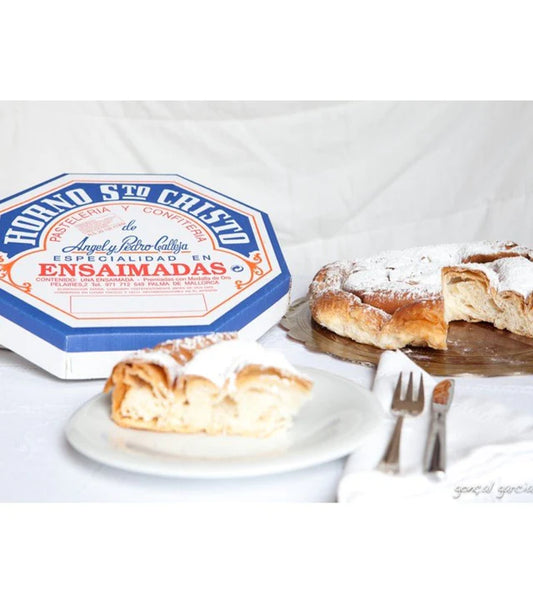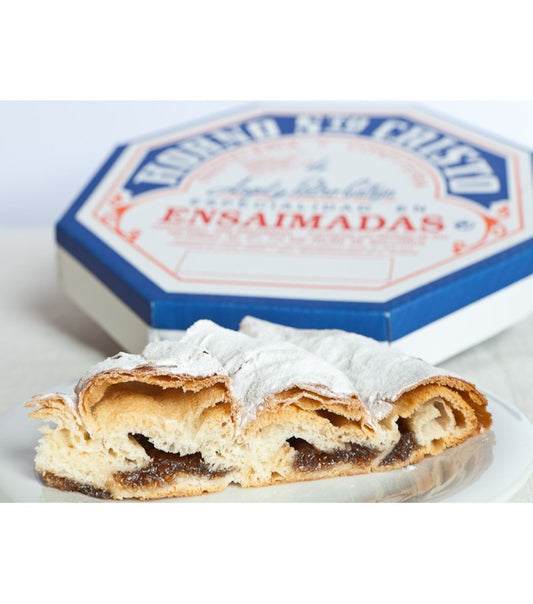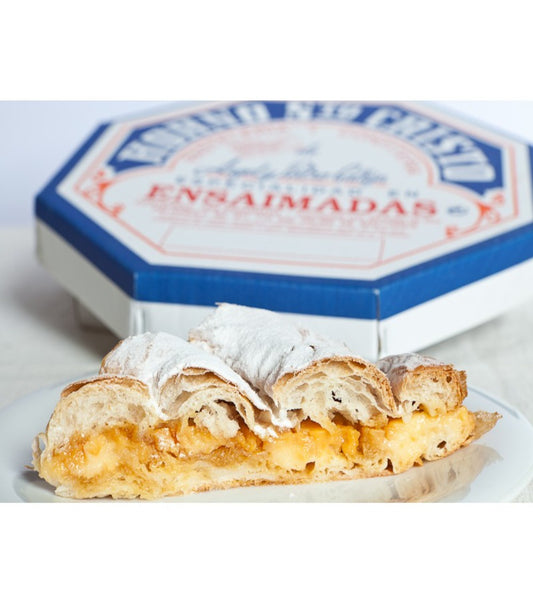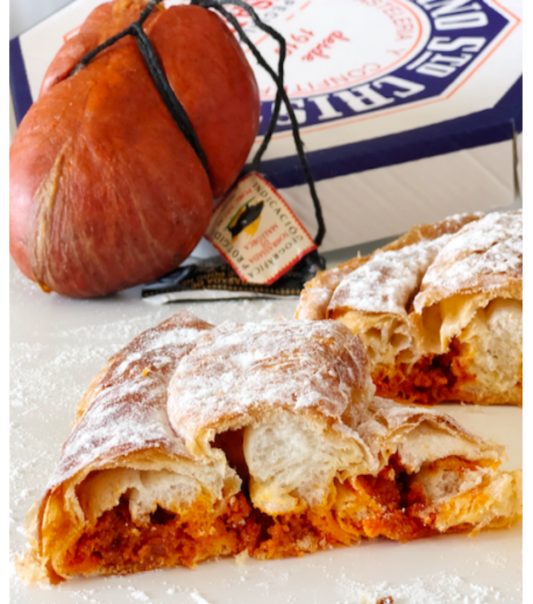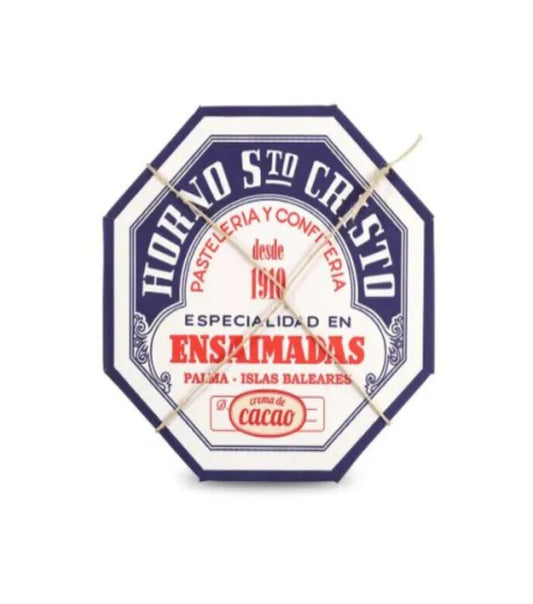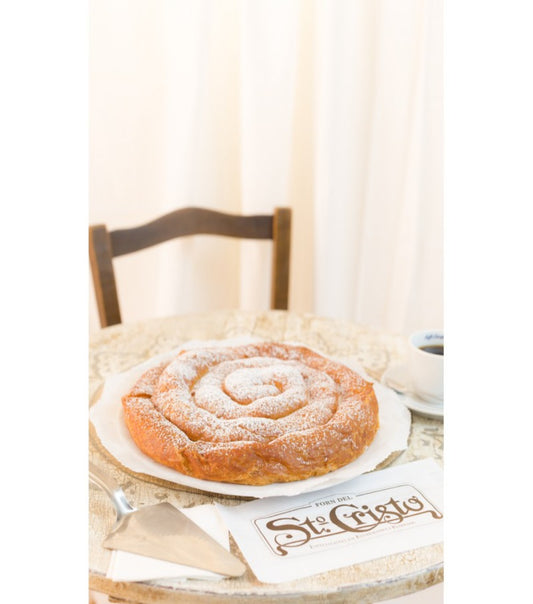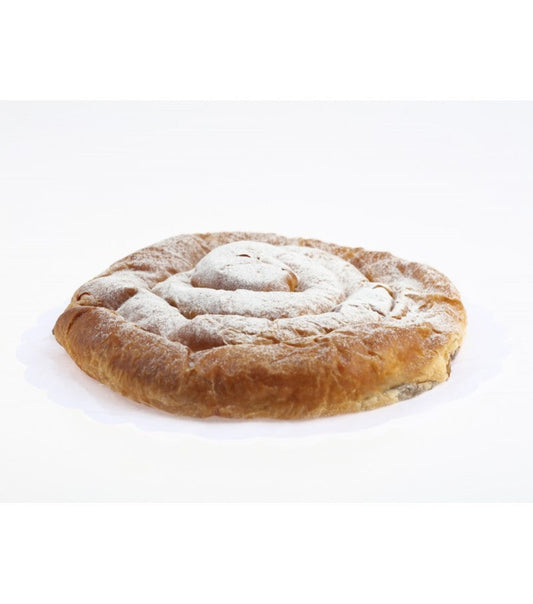The ensaimada de Mallorca, commonly known as ensaimada, represents a cherished tradition originating from the Spanish island of Mallorca in the Balearic archipelago. While its precise inception remains shrouded in history, it's widely speculated to have been shaped by the diverse cultural exchanges prevalent throughout the island's past.
Historically, one narrative suggests the Moors, during their rule over Mallorca, brought with them the concept of pastries, potentially influencing the ensaimada's distinctive spiral form reminiscent of traditional Arab pastries. Another theory posits that Jewish bakers who settled in Mallorca during the Middle Ages could have contributed to its creation.
Regardless of its exact genesis, the ensaimada has emerged as an emblematic delicacy of Mallorcan gastronomy, cherished both locally and beyond its shores. Traditionally crafted from a blend of flour, water, sugar, eggs, and lard (though butter is now often substituted), it's a pastry infused with history and flavor. Variations have evolved over time, with modern renditions incorporating an array of fillings, from luscious creams to decadent chocolates and even savory ingredients.
Crafting an ensaimada entails delicately rolling out the dough, skillfully coiling it into its iconic spiral shape before it undergoes the baking process. Once baked to golden perfection, it's commonly adorned with a delicate dusting of powdered sugar, adding a touch of sweetness to its already enticing aroma.
Today, ensaimadas have transcended their origins, finding their way into bakeries and pastry shops across Spain, not confined solely to Mallorca but extending their reach throughout the country. Whether enjoyed alongside a steaming cup of coffee or indulged in as a delightful afternoon treat, the ensaimada continues to captivate palates with its timeless allure.

